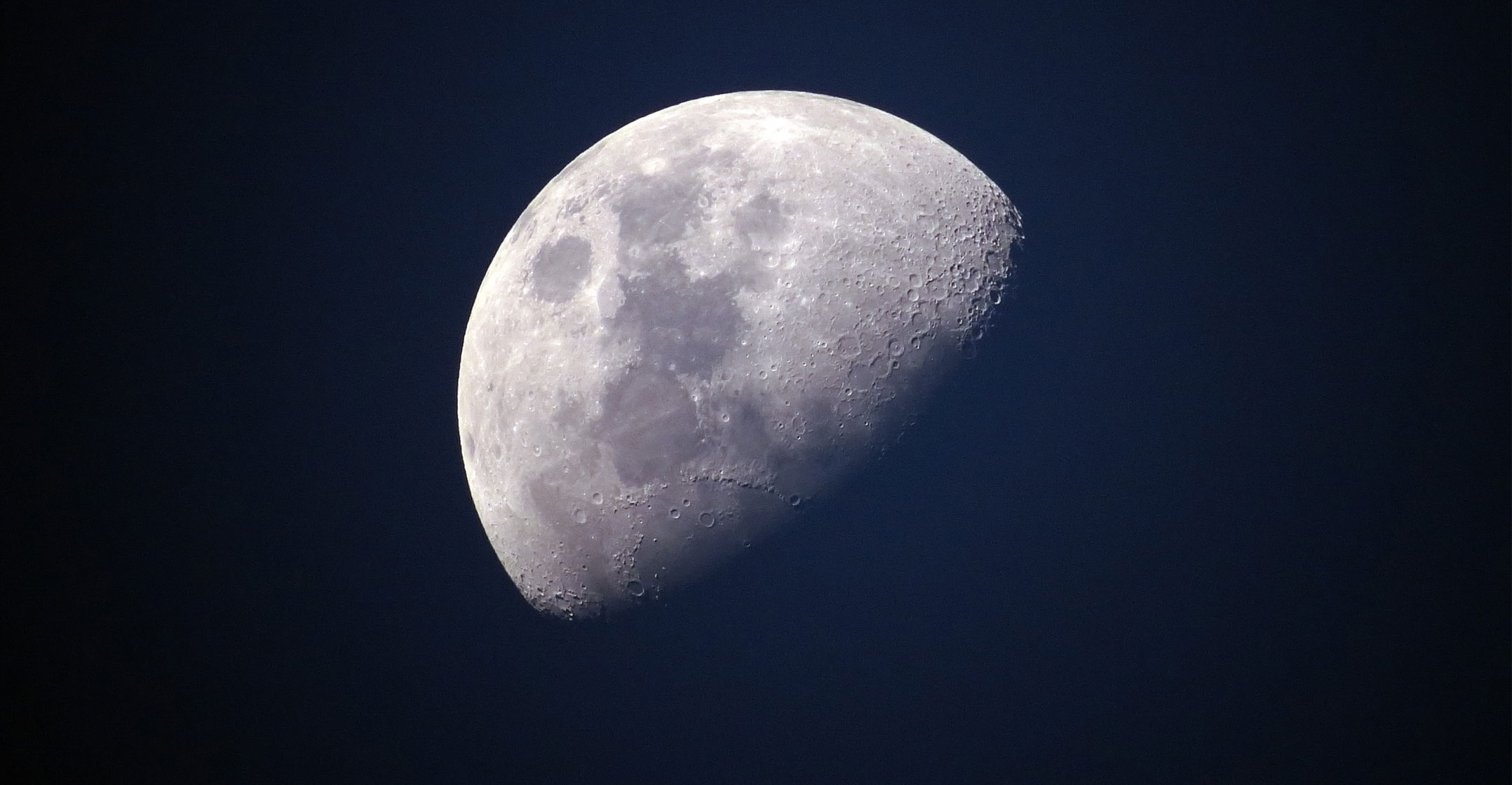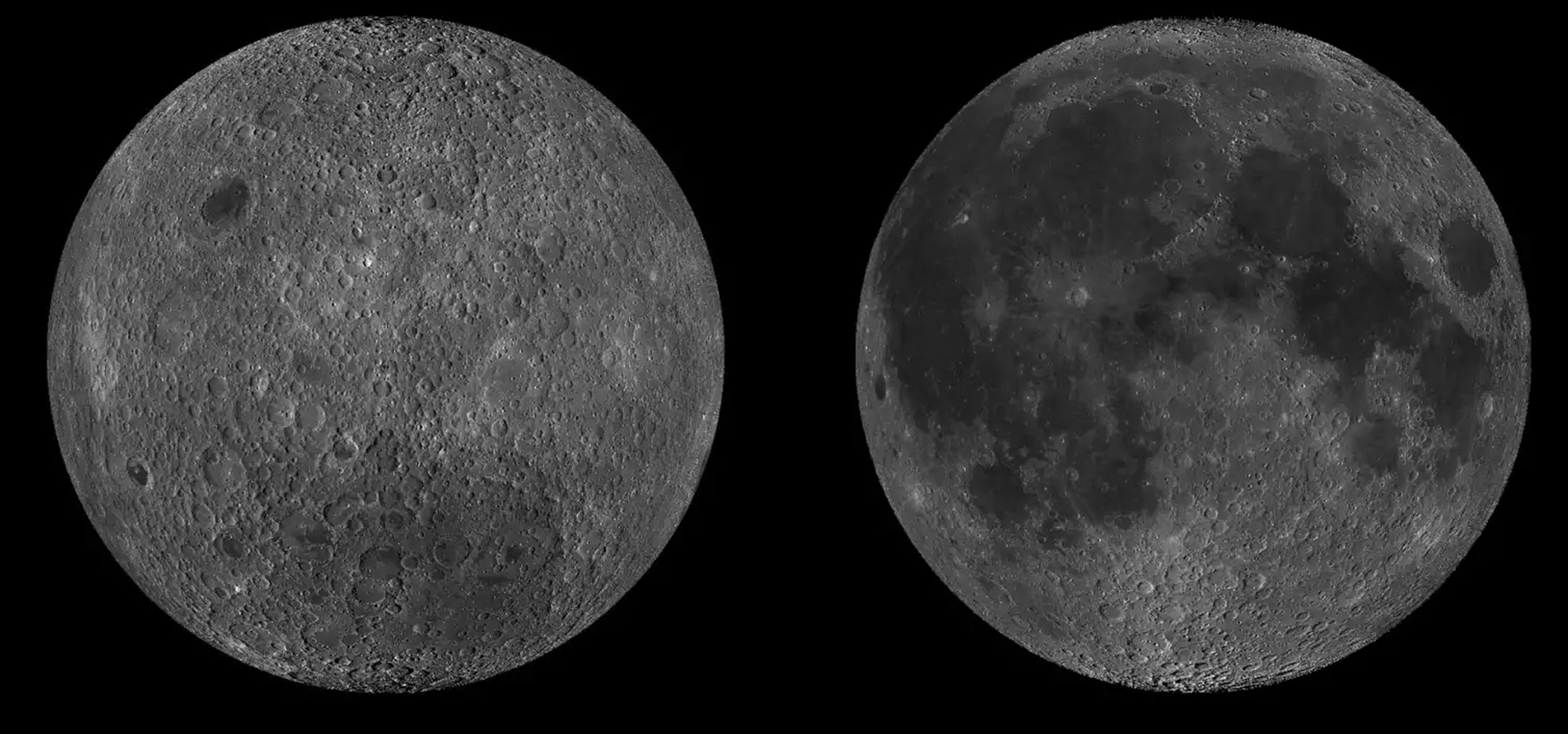 In a spectacular few days for solar system exploration — during which Nasa whizzed the New Horizons spacecraft past the Kuiper Belt object 2009 MU69 (somewhat controversially nicknamed “Ultima Thule”) and eased OSIRIS-REx into orbit about the asteroid Bennu — the Chinese National Space Administration (CNSA) has set its Chang’e 4 lander and rover down on the far side of the moon.
In a spectacular few days for solar system exploration — during which Nasa whizzed the New Horizons spacecraft past the Kuiper Belt object 2009 MU69 (somewhat controversially nicknamed “Ultima Thule”) and eased OSIRIS-REx into orbit about the asteroid Bennu — the Chinese National Space Administration (CNSA) has set its Chang’e 4 lander and rover down on the far side of the moon.
Chang’e is the name of the Chinese moon goddess — and Chang’e 4 builds on the success of the Chang’e 3 lander, which touched down on the moon in December 2013.
This new landing is far from being a mundane event. Only the US and the Soviet Union have ever landed spacecraft on the moon before. Those were either steered by humans on board or, if uncrewed, relied on luck for a safe landing. Chang’e 4 used a downward-looking camera and hazard avoidance software to steer itself to a flat and sufficiently boulder-free landing spot, as it slowed its descent using retrorockets — an impressive technological feat.
Crucially, any spacecraft on the lunar far side cannot “see” the Earth, and so it can neither send to nor receive a radio signal from its control centre on Earth. To circumvent this problem, CNSA placed a relay satellite in a cunning “halo orbit” around a point in space sufficiently far beyond the moon that it can always see both the lunar far side and the Earth above the lunar horizon. The relay satellite is called Queqiao, which means “Magpie Bridge”, recalling a bridge formed by birds across the Milky Way in Chinese mythology.
This is the first time ever that anyone has landed a probe on the far side of the moon. That side sees just as much sunlight as the Earth-facing side of the moon, so is not literally a “dark side”, as it is often casually called. However, it is metaphorically dark, in that the moon’s rotation acts to keep that side facing away from the Earth as it progresses round its orbit, and its nature was unknown before the space age.
Special
The far side of the moon differs from the near side in having far less area covered by dark lava flows (the lunar maria or “seas”). There is also a 2 500km wide depression known as the South Pole-Aitken (SPA) basin occupying much of the southern part of the far side. This is probably the scar of a very ancient impact — and because it is about 8km deep it provides a window through the moon’s crust and into the mantle that underlies it. It is special in that it never became flooded by lava like the large impact basins on the near side.
The chosen landing site, Von Karman crater, is in the north of the SPA basin about half way between the south pole and the equator, and punches a little deeper than the surrounding basin floor. This gives the rover the best possible chance of locating rocks that originated from deeper inside the moon than have been analysed before — offering a chance to learn more about how the satellite formed.

There is some lava on the floor of Von Karman (which is what makes it a smooth, and hence fairly safe, place to land), however, but the rover will probably not have to travel far to find some lumps of rock redistributed from the exposed floor of the SPA by later, smaller, impacts.
The solar powered six-wheeled rover is only 140kg, and measures 1.5 metres in its longest dimension. Its nominal lifetime is three months, but with luck it may keep going for more than a year. Its science instruments are a camera, a ground-penetrating radar (to measure the depth and physical state of the lunar regolith or “soil”), an imaging spectrometer that will give some information on the mineralogy of the rocks and regolith, and a Swedish instrument to look at how the solar wind interacts with the surface.
This science payload is relatively modest, and doesn’t take best advantage of being inside the SPA basin. But just landing on the far side is nevertheless a notable milestone. China’s next step will probably be Chang’e 5, a mission to bring samples back to Earth from a region of apparently young lavas on the near side.
Measuring their age by laboratory techniques on Earth will provide an important piece for the jigsaw of lunar chronology, which is missing because these have never been sampled. Bizarrely, this was originally scheduled to happen before Chang’e 4, but was delayed by problems with the heavy-lift Long March 5 rocket.
China’s further steps in lunar exploration will clearly include a crewed landing, probably within five to 10 years. In partial preparation for this, the static part of the Chang’e 4 lander includes a 3kg sealed biosphere within which potato seeds and silkworm eggs will be encouraged to germinate and hatch. This could help unveil whether the carbon dioxide exhaled from the larvae can be balanced by the amount taken up by the seedlings during photosynthesis.
Ultimately, that’s one small step towards a sustainable closed ecosystem on the moon.![]()
- Written by David Rothery, professor of planetary geosciences, The Open University
- This article is republished from The Conversation under a Creative Commons licence




